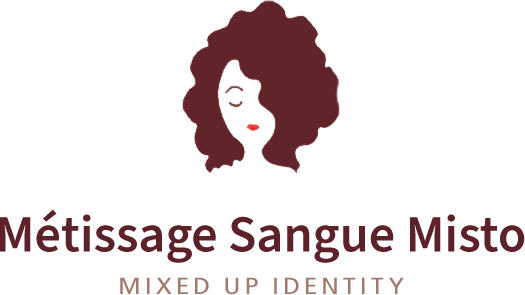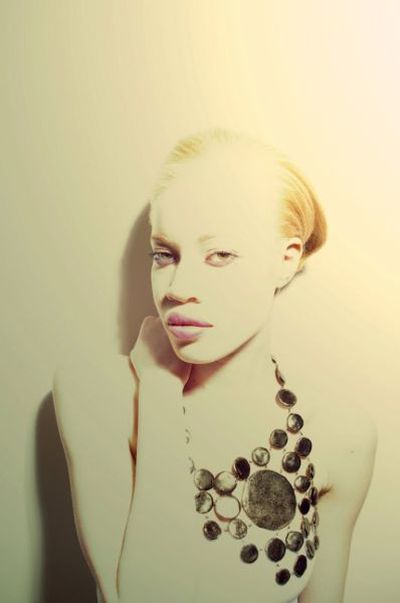See on Scoop.it – THE ONE DROP RULE – LA REGOLA DELLA GOCCIA UNICA
Diandra Forrest, a 16 year old Nigerian albino, is probably the most popular Afro-American albino top model and she’s setting a trend that could see other albinos come out of their shell more especially in Africa.
She became popular on the Nigeria’s Next Super model contest.
Diandra has a disease called "Albinism" and is known as an "Albino". The term comes from "Albus", the Latin word for white. A person with this congenital condition is either completely or partially void of pigment. Their body does not produce or has a problem producing melanin, which gives people their natural skin and hair color. Albinism can affect people from any race and in any geographical location and the odds of being born Albino are 1 in 20,000.
In addition to being very pale, although they are as healthy as most other people, Albinos tend to have serious vision problems and sometimes have a lazy eye or "Nystygmus", which is an uncontrollable movement of the eye back and forth or the eyes rolls around uncontrollably. Their sight is often very impaired and their eyes are extremely sensitive to light.
In some cultures, people born with Albinism has been killed because they were thought to be demons or witches. Many live lives of isolation and shame because they are stared at and often teased, especially as children. In other places such as some African countries, particularly in East Africa, people with albinism are at risk of abduction and mutilation, as their body parts are believed by some to make potions and rituals more powerful.
When Diandra Forrest, who grew up in the Bronx, New York, was a child and began public school, she was teased and harassed so much that her parents put her into a special school.
“I thought I had it so tough when I was growing up, with kids making fun of me all the time. I used to come home in tears. But that’s nothing compared to what people like me go through here, particularly in rural areas,” she said. And again: “When I found out that in countries like Tanzania, albino people like me are at risk of having their limbs cut off for the trade in body parts I was just so shocked. People just like me live in fear every day of their lives. It’s terrible.”
Quoted in the UN report, the non-governmental organisation Under the Same Sun estimated that around 71 people with albinism were killed in Tanzania between 2006 and 2012, and 31 survived machete attacks. Seventeen albinos were murdered in Burundi, seven in Kenya seven and three in Swaziland.
The cases are often not properly reported or investigated, says Nomasonto Mazibuko from the Society for Albinism in South Africa. But she says that change has got to come from within the continent:
“The crucial point is that people don’t take people with albinism as actual human beings. It is up to us in Africa to talk about this and make inroads against prejudice.We cannot be quiet, we cannot stay hidden. And any girl with albinism who is walking on an international catwalk or even the street with her head held high is a much needed role model. She can be that catalyst for inspiration for the often racially divided society in the continent as a whole.
Well, those who teased her must feel pretty silly right about now because that child that they ridiculed for being "different" grew up to be a beautiful young woman, who is primed to become a force in the fashion world and the modeling world, make unimaginable amounts of money, travel the globe and live a lavish, pampered lifestyle that most of us can only imagine. She was discovered by a modeling agent while walking down a street.
This is one of those success stories of accomplishment, inner strength, irony and defying the odds that makes a person smile and it reminds us that anything wonderful can happen to anybody.




